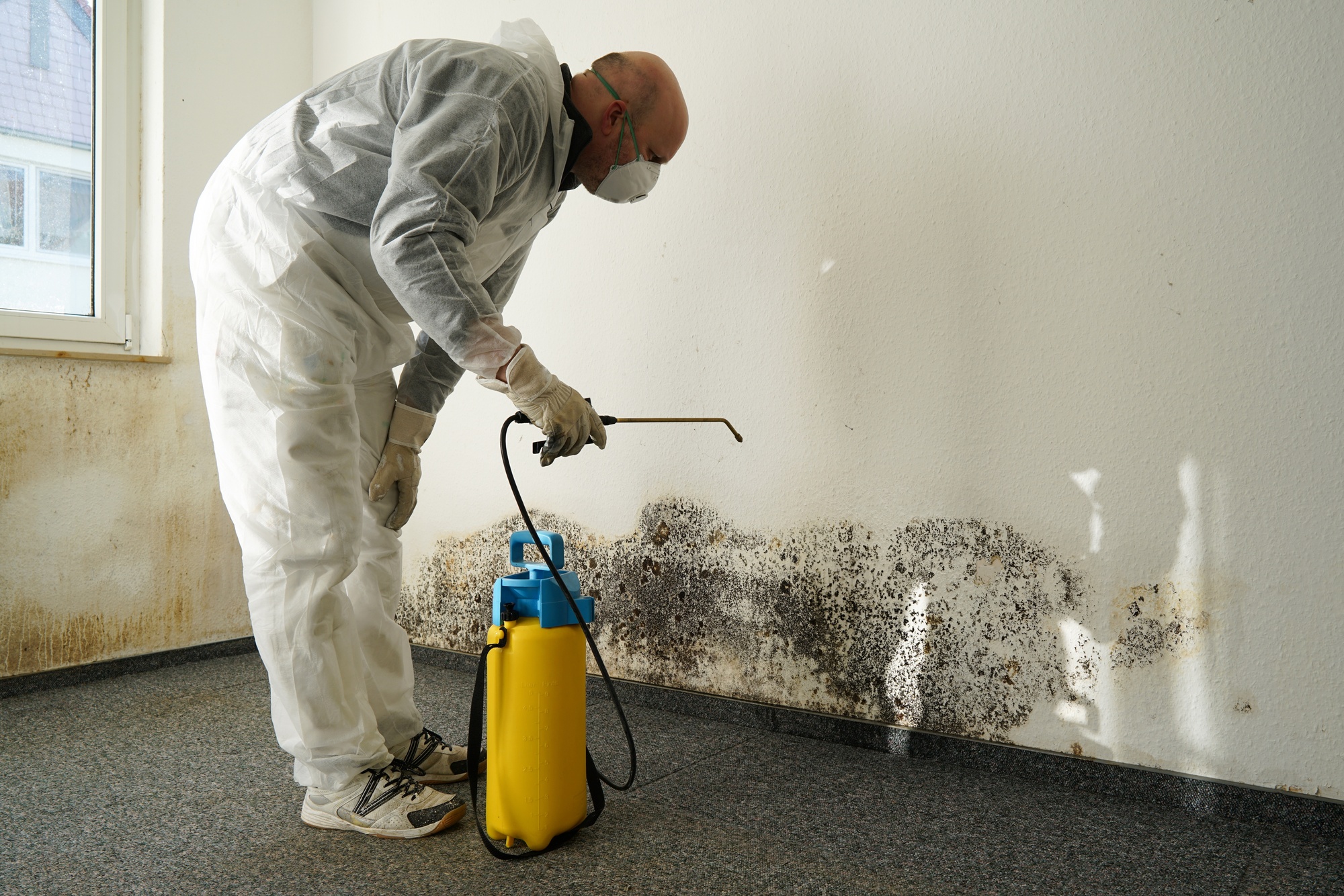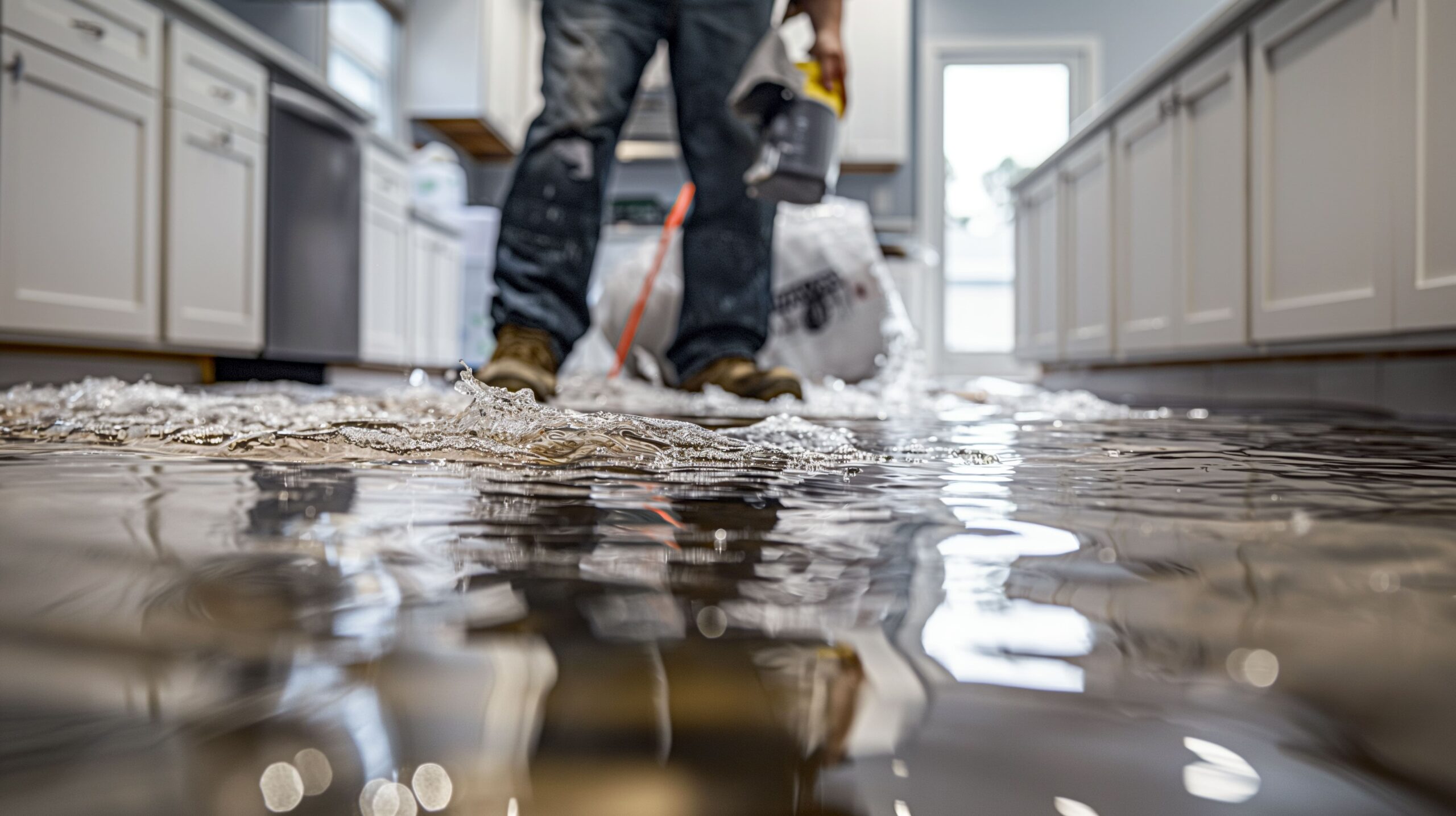Water Damage Restoration 101: Understanding the Process and Expense
Water damage can strike suddenly, leaving home owners in a state of complication. Recognizing the restoration procedure is essential for effective recovery. From assessing the damage to choosing the ideal company, each step affects the total end result and price. Variables such as the sort of water damage and necessity additionally play a considerable role. What are the particular methods used in remediation, and how can one get ready for prospective expenses?
Kinds Of Water Damage
Water damage can occur from various resources, each presenting special challenges for reconstruction. The three primary sorts of water damage are categorized based upon contamination degrees: clean water, gray water, and black water. Tidy water stems from sources like damaged pipes or rain, posturing very little health and wellness risks. Gray water, which includes wastewater from sinks or cleaning makers, consists of pollutants that might cause pain or ailment if ingested. Black water, the most unsafe classification, comes from sewer or floodwaters, consisting of damaging bacteria and virus. Each kind demands specific reconstruction methods and precaution to effectively attend to the damage and minimize health and wellness threats. Recognizing these distinctions is necessary for specialists and property owners involved in the water damage repair process.
Preliminary Analysis and Inspection
An extensive first analysis and inspection are crucial actions in the water damage reconstruction procedure. This phase begins with a specialist evaluating the extent of the damage, determining the source of the water invasion, and determining the sort of water involved - Flood Cleanup Services. Specialists use specific devices to determine wetness degrees in different products, such as walls, floors, and furniture. Furthermore, they analyze structural integrity and prospective carcinogen, including mold growth. The searchings for from this examination educate the repair plan, guiding necessary actions and source appropriation. Exact paperwork of the damage is necessary for insurance policy claims and future recommendation. Overall, this initial analysis lays the groundwork for efficient restoration, making sure a thorough feedback to the details circumstance at hand

Water Removal Strategies
Adhering to the preliminary evaluation, efficient water removal methods are used to alleviate damage and avoid further issues. These techniques involve making use of specific equipment such as completely submersible pumps and industrial-grade vacuums. The selection of method relies on the quantity of water existing and the sort of products impacted. For standing water, completely submersible pumps are commonly utilized for quick elimination, while vacuums are ideal for extracting water from rugs and furniture. Additionally, advanced techniques like water removal floor coverings might be used for hard-to-reach areas. The goal is to eliminate as much water as feasible, reducing the potential for mold and mildew development and structural damage. Motivate and efficient water removal is important in the general water damage restoration process.
Drying Out and Dehumidification Process
As soon as the water extraction is complete, the drying out and dehumidification process comes to be important to restoring the affected location. This stage usually utilizes industrial-grade dehumidifiers and air movers to properly lower moisture levels. The dehumidifiers attract moist air, removing excess humidity, while air moving companies flow air to speed up dissipation. Tracking tools is frequently used to track moisture and temperature level degrees, making sure excellent drying out conditions. The period of this process can differ depending on the extent of the water damage and ecological variables. It is necessary to completely completely dry all impacted products, consisting of walls, flooring, and furnishings, to stop mold and mildew development and architectural damage. Appropriate implementation of this action is crucial for a successful repair result.
Cleaning Up and Sterilizing Afflicted Areas

Initial Evaluation and Examination
Prior to beginning any type of remediation efforts, an extensive preliminary assessment and inspection of the influenced locations are important for effective cleansing and disinfecting. This process includes identifying the degree of water damage, identifying the resource of the water intrusion, and reviewing the materials influenced. Inspectors normally look for indications of mold and mildew growth, architectural stability problems, and damaged valuables. The evaluation also includes examining dampness levels using specific equipment to assure no covert water pockets continue to be, as these can cause further issues. Documenting the searchings for is important for intending the following action in the reconstruction process. A thorough preliminary assessment allows reconstruction specialists to create a targeted approach for effective cleaning and sterilizing, eventually lessening damage and wellness threats.
Cleaning Techniques and Products
Effective cleaning and disinfecting of water-damaged areas call for a selection of products and strategies tailored to the particular products influenced. For permeable surfaces like drywall and carpets, removal methods are necessary to remove excess moisture, followed by deep cleansing with specialized cleaning agents. Non-porous products such as ceramic tile or metal can be cleaned up using commercial-grade cleaners that effectively remove contaminants. Steam cleansing is an additional efficient method, particularly for carpets and furniture, as it utilizes high temperatures to eliminate bacteria and mold. Additionally, green items are significantly preferred for their safety and security and efficacy. Ultimately, selecting the appropriate cleaning methods and items not just assures immediate tidiness yet additionally aids in preventing additional damage and carcinogen connected with water breach.
Sanitization and Disinfection Approaches
When attending to water damage, proper sanitization and sanitation methods are important to assure the security and health of the afflicted setting. After first cleaning, surfaces need to be treated with appropriate disinfectants to remove virus, mold, and germs that flourish in wet problems. Common approaches include the usage of EPA-approved chemical disinfectants, which can be used with spraying or cleaning methods. In addition, ultraviolet (UV) light systems can properly sterilize locations by counteracting microorganisms without harsh chemicals. The option of approach frequently depends on the sort of products impacted and the level of contamination. Ultimately, thorough sanitization not only brings back a secure space but likewise assists protect against future health dangers related to lingering wetness and mold and mildew development.

Fixings and Restoration Options

Variables Affecting Restoration Costs
The Discover More Here degree of water damage straight impacts the repair costs house owners can anticipate to incur. Aspects such as the resource of the water, the duration of direct exposure, and the damaged materials substantially influence prices. As an example, tidy water damage from a busted pipe is normally much less costly to bring back contrasted to damage created by sewage. Furthermore, the degree of contamination determines the demand for specialized cleaning and disposal services, further raising costs. Geographical place also contributes, as regional labor prices and availability of restoration services can vary. Lastly, the seriousness of the feedback impacts prices; quicker interventions commonly lead to lower overall expenses by avoiding more damage. Comprehending these factors is crucial for homeowners when approximating remediation prices
The 3 primary kinds of water damage are classified based on contamination levels: clean water, grey water, and black water. A thorough first analysis and evaluation are crucial actions in the water damage reconstruction process. For standing water, submersible pumps are normally made use of for rapid removal, while vacuums are optimal for drawing out water from carpets and furniture. The extent of water damage directly affects the reconstruction sets you back home owners can expect to sustain. Tidy water damage from a broken pipe is generally less costly to bring back compared to damage created by sewage.